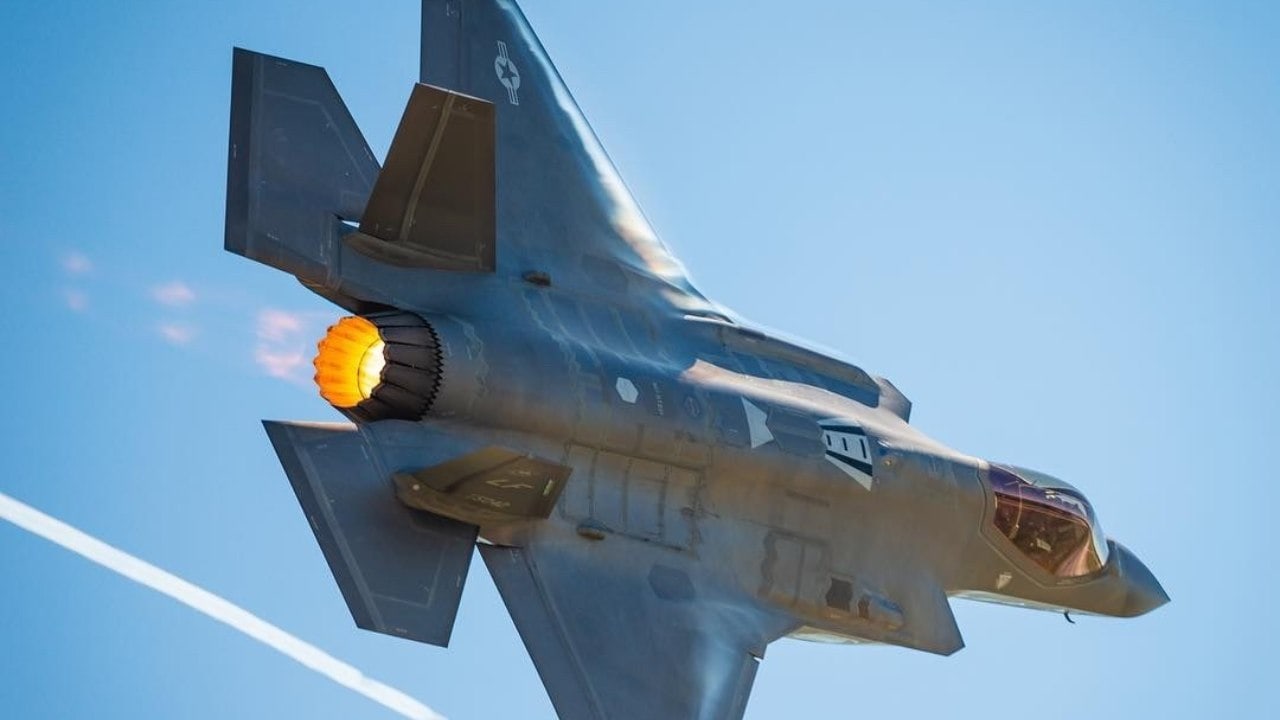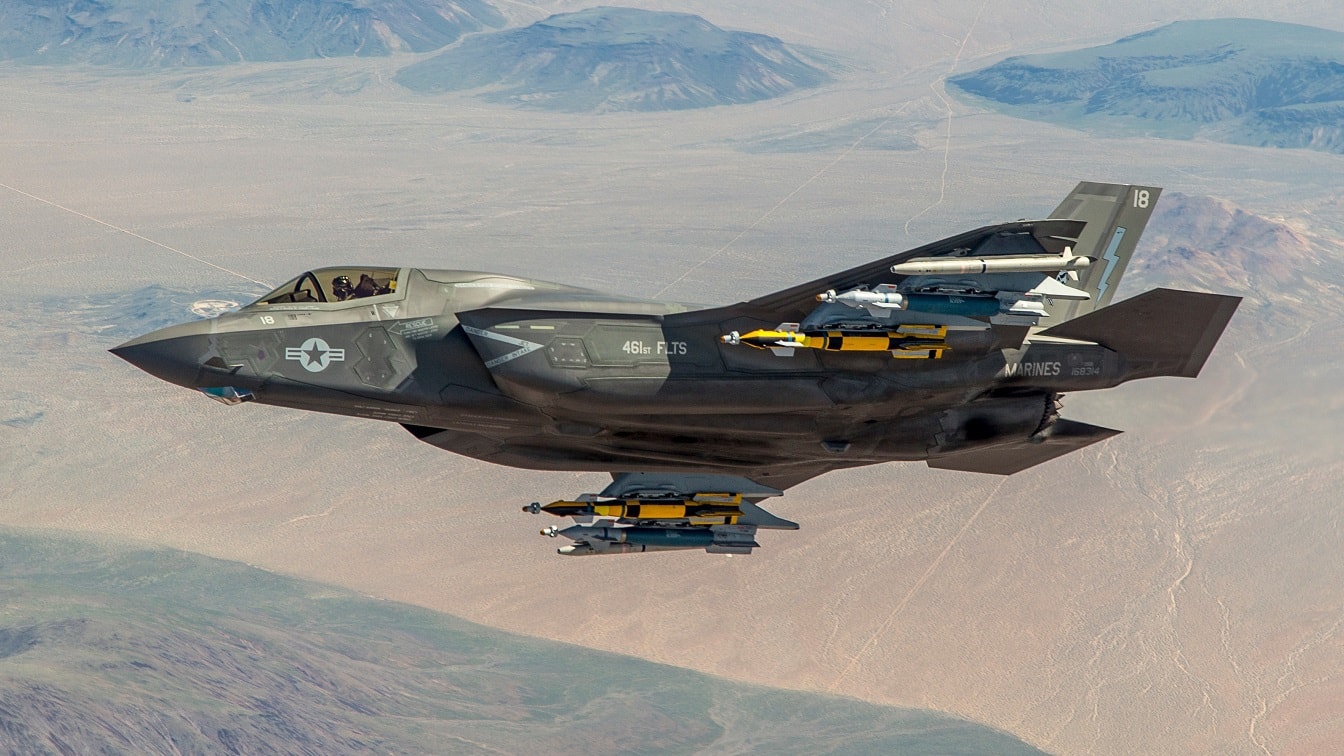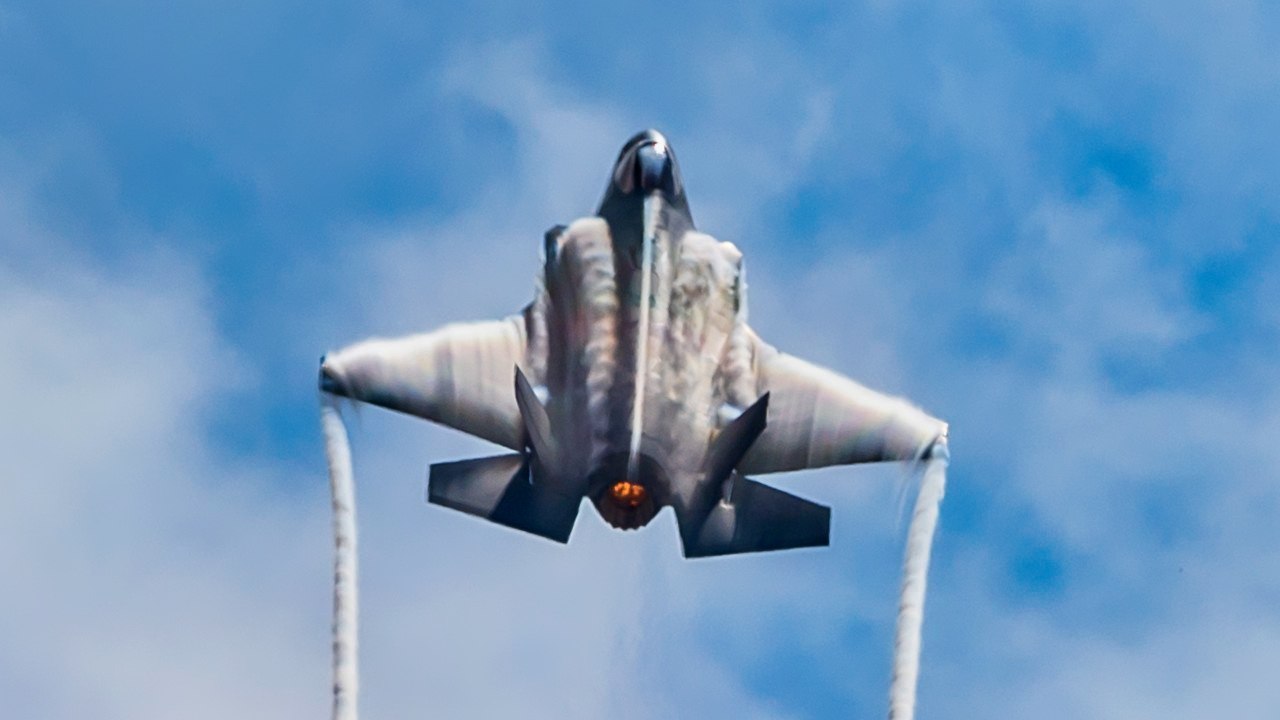Article Summary: If Ukraine were to acquire the F-35, it could fundamentally shift the balance of air power against Russia. The F-35’s stealth capabilities, advanced sensors, and superior computing would make it nearly impossible for Russian air defenses to detect and engage.
Point #1 – Coupled with its ability to strike from stand-off ranges, Ukraine could quickly eliminate Russia’s 4th-generation aircraft, achieving air superiority and enabling devastating airstrikes on ground forces.
Point #2 – While unlikely due to geopolitical risks, an F-35-equipped Ukraine would pose a significant challenge for Moscow. Would Putin see this as an escalation, or would it be the key to ending the war?
Could the F-35 Change the War in Ukraine? The Game-Changing Advantage Explained
Although the likelihood of Ukraine receiving a United States or allied F-35 may be about zero percent, should the totally unexpected take place, Ukraine would likely prevail in the war rather quickly. Recent developments in the war have reportedly inspired Norway to move some of its F-35s further to the East, yet actually flying the 5th-gen stealth aircraft against Russian jets seems extremely unlikely.
Putin would likely see this as a massive escalation and may, therefore be further inclined to use tactical nuclear weapons.
Therefore, purely for the sake of theory, an F-35-capable Ukraine force would likely establish air supremacy quickly and achieve a greater degree of success operating against Russian air defenses.
The lack of effectiveness of both Russian and Ukrainian air defenses appear to be a main reason why neither country has been able to achieve air superiority in the ongoing war, as 4th-generation aircraft simply cannot operate effectively and survive.
The principle challenge with air assets in Ukraine appears to relate to a clear lack of stealth and the reality that air defenses have gotten considerably more advanced in recent years.
Russian S-400s & S-500s
Russian S-400s and S-500s, for example, can now function with a digital network enabling air defense nodes to share target track information with one another across large areas. This creates a wider, interconnected protective envelope and enables targeting across otherwise disconnected radar fields of view.
Advanced air defenses also operate at longer ranges and use a wider range of frequencies.
Establishing a target “lock” on a 5th-generation aircraft is likely to prove far more difficult. Lower frequency surveillance radar may succeed in establishing that an aircraft is there, yet establishing a narrow engagement radar lock on a stealth aircraft traveling at Mach 1.5 or above is likely to prove extremely difficult, given that 5th-generation stealth aircraft fly with a much lower radar return signal.
The absence of sharp edges and fewer protruding vertical structures prevents electromagnetic pings from bouncing off enough shapes and structures to generate a clear, discernable radar return rendering.
F-35 “Sensing” & “Computing”
Alongside the advantage of stealth, the F-35 would also bring unprecedented high-resolution, long-range sensing. The computing, targeting and sensing on the F-35 enable the aircraft to essentially see and destroy 4th-gen aircraft from stand-off distances from which it cannot be detected and targeted.

Capt. Andrew “Dojo” Olson, F-35 Demonstration Team commander and pilot performs a dedication pass in an F-35A Lightning II during the 2019 Wings Over Wayne Airshow April 27, 2019, at Seymour Johnson Air Force Base, North Carolina. The WOW Airshow marks the third public performance of the F-35 Demo Team’s new aerial demonstration during 2019 airshow season.
The F-35 operates with a 360-degree surround sensor called the Distributed Aperture System which provides pilots with a clear, long-range, high-fidelity view of potential targets from every angle; the aircraft is also built with an electro-optical/infrared targeting system able to guide weapons farther and with greater position.
With advanced computing, these two areas of sensor data are connected with other key information such as navigational detail, threat object verification and mapping specifics.
Through a process known as sensor fusion these otherwise disparate areas of incoming sensor data are pooled, combined and integrated for the pilot on a single screen.
This gives the F-35 a distinct and extremely lethal air combat advantage, as it is positioned to strike 4th-gen aircraft from stand-off ranges at which it cannot be seen.
The US Air Force was able to demonstrate this several years ago during its large-scale Red Flag wargame, where a single F-35 was able to target and “hit” multiple 4th-gen aircraft without itself being detected.

F-35 Stealth Fighter. Image Credit: Lockheed Martin.
What this suggests is that an F-35 in Ukraine would likely enable its Air Force to quickly eliminate Russia’s fleet of 4th-generation aircraft and establish air supremacy.
With air supremacy, the Ukrainians would be able to attack from the air essentially at will and track and destroy Russian ground forces with little difficulty.
About the Author: Kris Osborn
Kris Osborn is the Military Technology Editor of 19FortyFive and President of Warrior Maven – Center for Military Modernization. Osborn previously served at the Pentagon as a highly qualified expert in the Office of the Assistant Secretary of the Army—Acquisition, Logistics & Technology. Osborn has also worked as an anchor and on-air military specialist at national TV networks. He has appeared as a guest military expert on Fox News, MSNBC, The Military Channel, and The History Channel. He also has a Masters Degree in Comparative Literature from Columbia University.

